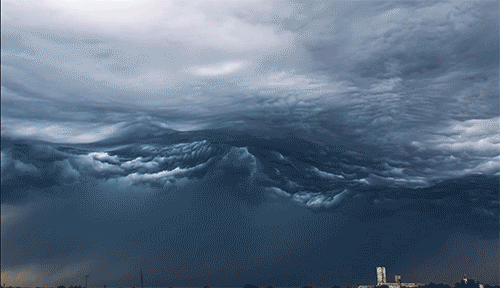
Welcome to Burden of Proof, a regular column in which Julia Belluz (a journalist) and Steven Hoffman (an academic) join forces to tackle the most pressing health issues of our time — especially bugs, drugs, and pseudoscience thugs — and uncover the best science behind them. Have suggestions or comments? Email Belluz and Hoffman or Tweet us @juliaoftoronto and @shoffmania. You can see previous columns here.
Another day, another diet study. In one week, it's not unusual to find two studies on the same topic with contradictory conclusions — in this case, about what kind of eating would help people lose the most weight.
Those studies are not exceptional. There are at least 75 randomized controlled trials published every day — and that number continually increases. According to Google CEO Eric Schmidt, every couple of days we now create the same amount of information that we did from the dawn of civilization all the way up until 2003.
Part of this new knowledge includes an overwhelming quantity of health information. It's constantly produced, reproduced and transmitted to public audiences. Not only are we confused; even the best scientists can't stay on top of it all. Much of it is wrong.
This has led us to a frustratingly paradoxical place: we have more science than we've ever had to make the best possible decisions about our health. Yet in reality, this knowledge usually hits us like a tsunami. We're drowning in bytes of data we don't know how to make sense of. Despite all the advances in science, it can even seem as though we're moving away from evidence-based thinking and toward magical beliefs in miracle cures and fast-fixes.
A lot of the information out there is simply wrong. Consider this recent study of Wikipedia entries about medical conditions: not only did they contain many errors, but nine out of ten of the articles examined significantly deviated from the best-available evidence.
The challenge before us is this: how can we find and capitalize on all good information — and avoid wrong information — to have healthier lives and societies?
Julia Belluz on Dr. Oz's big weight-loss lies (and one truth).
How doctors beat the deluge of medical evidence
Like their patients, doctors used to scramble in the information deluge. They'd often end up using outdated information from medical school or authority figures — and not the best-available evidence — to guide their practices.
Before evidence-based medicine, doctors often relied on the authority of people who looked like this guy instead of actual science. (Photo courtesy of NBCUniversal.)
Then, in the early 1990s, came "evidence-based medicine." It sounds redundant, almost silly, but it was a revolution in medical practice. Essentially, the movement called on doctors to apply the scientific method to the clinics through "the conscientious, explicit, and judicious use of current best evidence in making decisions about the care of individual patients."
One of the key insights of evidence-based medicine was that doctors needed accessible and trustworthy research to inform their decisions. They, too, needed help wading through all the research out there.
Statisticians paved the way by coming up with particular methods for making sense of science. One of the earliest examples was published by the British Medical Journal in 1904. Back then, a statistician named Karl Pearson was asked by the government to look at whether a vaccine against typhoid fever had reduced infection and death among soldiers who had used it in various parts of the British Empire. In his review, he looked at data from places like South Africa and India, and pointed out all their flaws and weaknesses, suggesting that an experiment — calling for volunteers to take the vaccine, and giving every other one a dose — would be needed to find out whether it actually worked.
A nerdish revolution
Pearson laid the groundwork for this idea that researchers needed to look critically at medical evidence and combine the results of many studies to find out where bias or holes in the science might lurk.
Okay, another classic doctor-type. But this guy is different. This is Archie Cocrhane, the Cochrane Collaboration namesake and one of our heroes. He was a Scottish physician who pushed the medical community toward the scientific method. (Photo courtesy of Wikimedia Commons.)
The group that's done more to further that cause than perhaps any other is the Cochrane Collaboration, an international not-for-profit established in the early 1990s. You've probably never heard of it (incidentally, like the evidence-based medicine movement, it was also co-founded by prudent Canadians) but they're one of the best sources for unbiased medical information in existence and they should be your first stop before you hit Google or WebMD.
Their mandate is to create syntheses of science — known as "systematic reviews" — on important clinical questions. The idea is simple and should sound familiar by now: many studies, involving thousands of patients can get us closer to the truth than any single study or anecdote ever could.
Combining the results of a bunch of studies also reduces bias and the play of chance that can color individual studies. So the folks at Cochrane designed a process for their systematic reviews. Basically, independent reviewers use well-established and transparent protocols to search the literature about health questions and then apply statistical methods to combine them so that they can see where the preponderance of evidence lies. The process is called "meta-analysis" and it's repeated at least twice and then published so that others can verify or repeat their steps. After all, not all systematic reviews are created equally.*
We can do better than Dr. Google
Today at Cochrane, you'll find reviews on everything from the effects of acupuncture for preventing migraines (maybe works) and premenstrual syndrome (may not work), to the usefulness of cranberry juice to treat bladder infections (probably doesn't work). The hard-working people behind Cochrane even translate their conclusions into "plain language summaries" and podcasts.
These summaries are considered the gold standard of medical evidence because they allow doctors to make decisions not just on the basis of whatever random research they come across, but on the totality of science about whatever medical question they have.
Now, there are a number of other databases that bring together high-quality reviews on health issues and the Cochrane methodology has been applied to other areas of science — from education and crime to health systems questions. (See chart below.) These summaries are more accessible than ever before, not just for doctors, but also for the rest of us.
Databases of Systematic Reviews
Systematic reviews on health issues.
Systematic reviews on health issues.
Systematic reviews on clinical issues.
Systematic reviews on public health issues.
Systematic reviews on health systems issues.
Systematic reviews on education, crime and justice, and social welfare.
Systematic reviews on health issues.
If you don't find information about the health question you're researching in one of these databases, there are other good, evidence-based sources. Try MedlinePlus, Mayo Clinic, and NHS Choices. For more reliable health information, bookmark this page on the top 100 health websites you can trust. And if you want to nerd out about medical evidence check out the book Testing Treatments, which is free to download.
Evidence-based medicine is not perfect, of course, and doctors still sometimes make decisions that aren't rooted in science.
But the idea behind it is one that should guide our health choices: not all evidence is created equally, and it shouldn't be acted upon as such. What's more, the sheer quantity of new health science — and the huge opportunity it represents — means that we have to change the way we make decisions. To do that, there are better places to start than Dr. Google.
*Footnote: Check out the Cochrane Collaboration logo. It has a cool story behind it.
The horizontal lines on the logo represent seven experiments looking at whether a course of corticosteroids for women who were expected to give birth prematurely reduced the risk of death in their babies. The left-hand side of the circle means the results of the studies were positive and the drug was proven to be useful; the right-hand side means the opposite was shown to be true. The middle, vertical line means there was 'no difference,' or that the drug may or may not work. And the diamond represents the combined results of all the studies.
As you can see, most of the studies showed the drug worked and the combined results came out in support of using corticosteroids in mothers to save their babies' lives. But until the first systematic review was published almost 20 years after the drug hit the market, doctors were left to wade though contradictory studies on the question and basically guess about what to do with their patients. Thousands of babies suffered and died needlessly.


 (
(

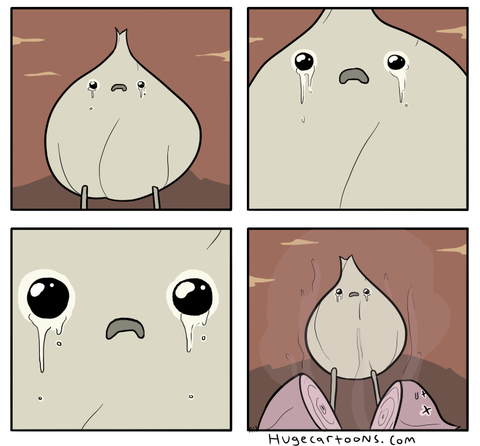






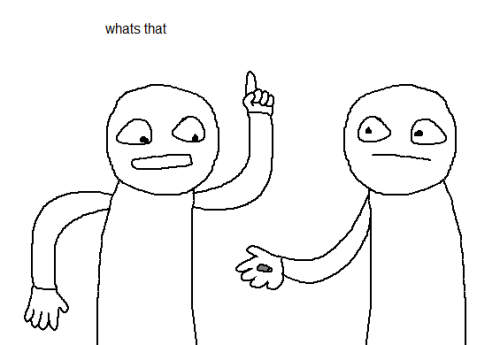

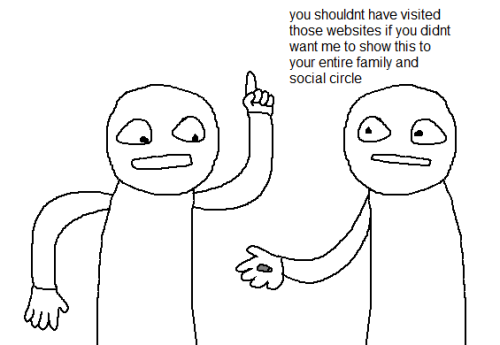
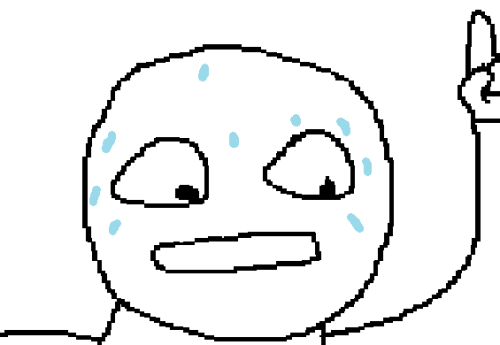











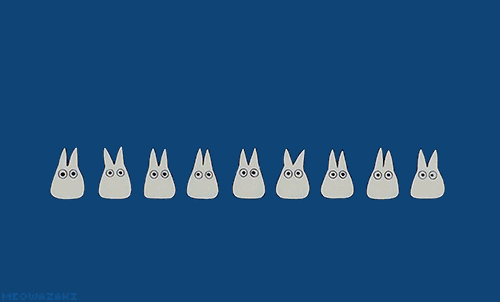
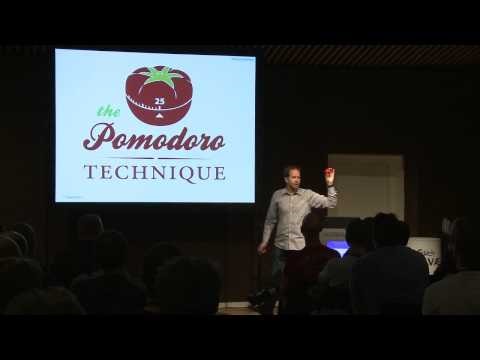

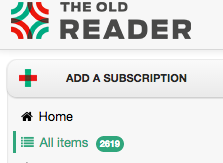

 the purpose of killing in all souls the sense of truth and of justice.” The member of a party delegates his conscience to the party, accepting its verdict on all political and moral questions; a person will do “as a Communist” or “as a Nazi” things that he would never do as himself. Once again, Weil brings the discussion back to the question of truth. Independent thought, she writes, necessarily seeks the truth: “If … one acknowledges that there is one truth, one cannot think anything but the truth.” It is only when one stops searching for truth and starts calculating partisan advantage that one falls into what Weil calls “inner darkness.”
the purpose of killing in all souls the sense of truth and of justice.” The member of a party delegates his conscience to the party, accepting its verdict on all political and moral questions; a person will do “as a Communist” or “as a Nazi” things that he would never do as himself. Once again, Weil brings the discussion back to the question of truth. Independent thought, she writes, necessarily seeks the truth: “If … one acknowledges that there is one truth, one cannot think anything but the truth.” It is only when one stops searching for truth and starts calculating partisan advantage that one falls into what Weil calls “inner darkness.”




